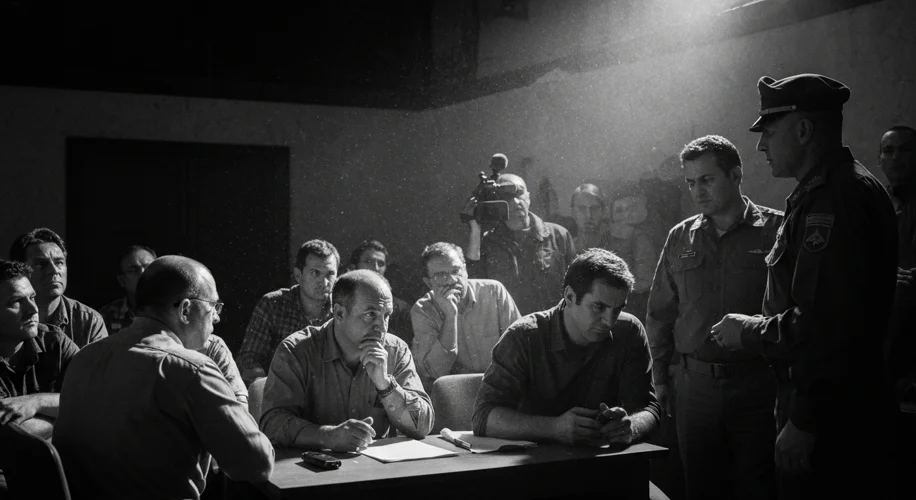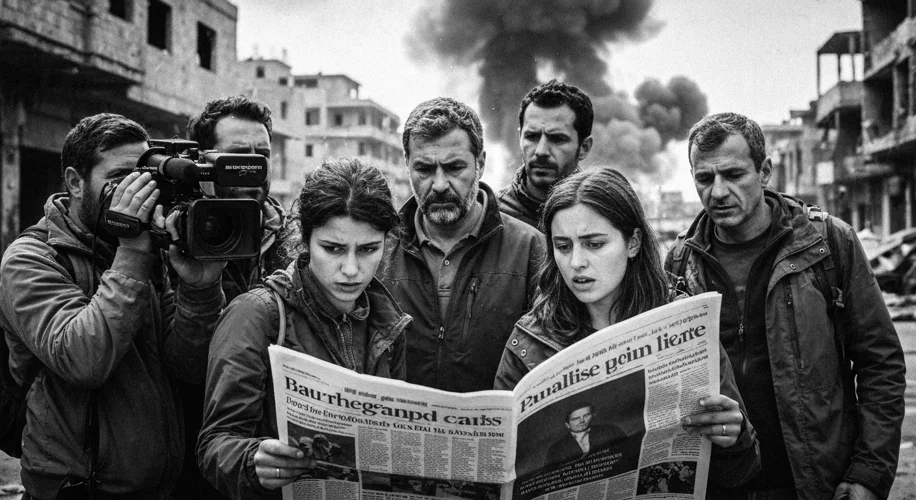The year is 1982. The Falklands War rages, a brutal, unforgiving conflict thousands of miles from home. Amidst the thunder of artillery and the chilling crack of gunfire, a different kind of battle was being fought – the battle for truth. This was the domain of the war correspondent, individuals who ventured into the heart of chaos, armed with little more than a notebook, a camera, and an unyielding resolve to bear witness.
Consider the harrowing experience of a young Robert Fisk, a correspondent for The Times, who, by the late 1980s, had already carved a reputation for his unflinching reporting from Lebanon’s civil war. He often described the overwhelming sensory assault: the acrid smell of cordite, the constant rumble of distant shelling, the chilling sight of shattered buildings and the hollow eyes of those left behind. Fisk, like many of his peers, understood the immense personal risks. He navigated checkpoints manned by armed factions, dodged stray bullets, and lived with the constant threat of abduction or worse. Yet, he pressed on, driven by a profound sense of duty to convey the reality of war, not as a distant, sanitized event, but as a visceral, human tragedy.

The journalist’s role in conflict zones is a complex tapestry woven with threads of courage, ethical dilemmas, and immense personal sacrifice. For photographers like Don McCullin, whose stark, black-and-white images from Vietnam and Northern Ireland became iconic testaments to the horrors of war, the camera was both a tool and a burden. McCullin famously captured the raw agony of soldiers and civilians alike, images that often haunted him long after he left the front lines. He spoke of the agonizing moments of deciding what to photograph, when to intervene, and the crushing weight of the stories he carried home, stories that could never truly be fully expressed in a single frame.
The pre-millennium era, before the advent of ubiquitous satellite phones and instant global communication, presented unique challenges. Correspondents often relied on precarious communication lines, risking their lives to file dispatches via telex or satellite uplinks from dangerous locations. The isolation was profound, the reliance on local fixers and guides essential but fraught with its own dangers. These fixers, often unsung heroes, risked their lives alongside the journalists, navigating complex local politics and potential betrayals.
One cannot speak of wartime journalism without acknowledging the ghosts of those who never returned. The Committee to Protect Journalists (CPJ) has documented the countless journalists who have been killed, injured, or disappeared while on assignment. Each name represents a silenced voice, a story that will never be told. Think of the reporters caught in the crossfire of the Yugoslav Wars in the 1990s, or those who ventured into the volatile landscapes of Afghanistan and Iraq in the years leading up to 2000. Their pursuit of the story often led them into the very jaws of danger.
The impact of their work, however, was immeasurable. These dispatches and photographs served as crucial counterpoints to official narratives. They exposed the realities of conflict, holding power to account and shaping public opinion. The visceral impact of an image or a firsthand account could galvanize public support for peace or, conversely, fuel the engines of war. The journalists on the ground were the eyes and ears of a world often shielded from the true cost of conflict.
Their journeys were not merely professional assignments; they were deeply personal odysseys. They grappled with the ethical tightrope of reporting on suffering without exploiting it, of maintaining objectivity while being immersed in human tragedy. The psychological toll was immense, a constant exposure to trauma that could lead to burnout, post-traumatic stress, and a profound sense of disillusionment. Yet, many persevered, driven by an unshakeable belief in the power of truth and the public’s right to know. These were not just reporters; they were witnesses, chroniclers of humanity’s darkest hours, their personal journeys inextricably linked to the unfolding historical narratives they so bravely documented.

